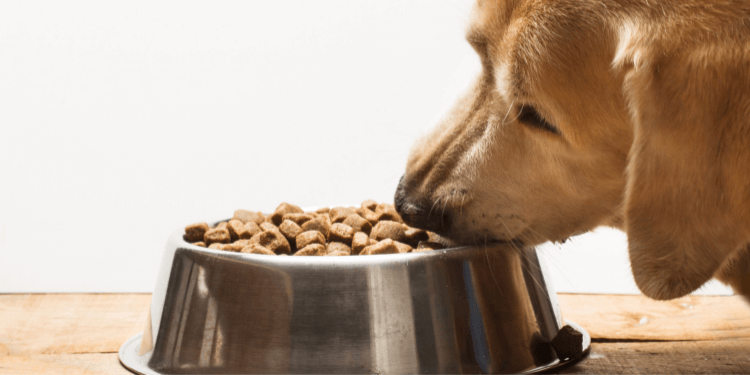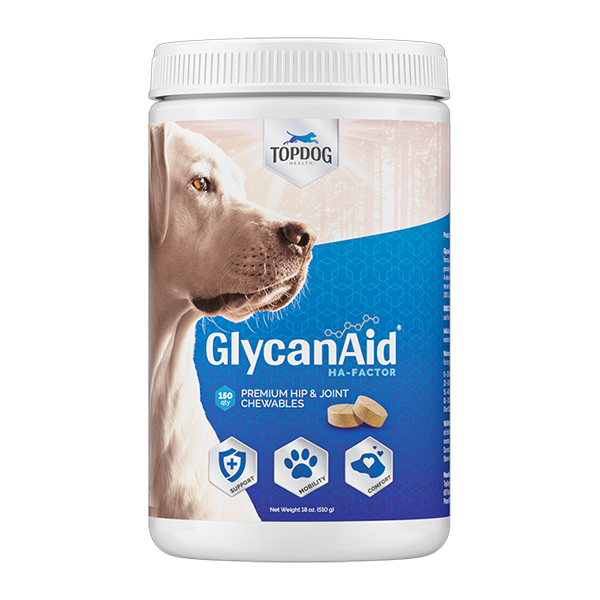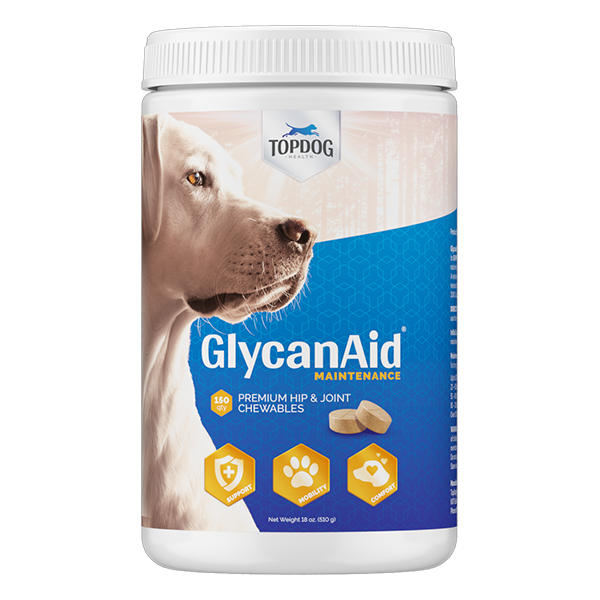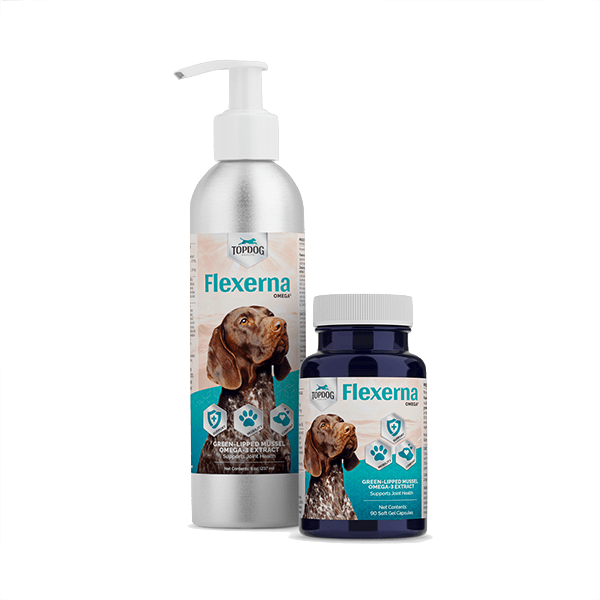Every day in practice I encounter overweight pets. And year after year these dogs and their owners return for their health & wellness checks with me. They have either never lost a pound or in most cases, they have gained even more weight. Most of the time, the client says “I know what you are going to say,” or, “am I in trouble again for the weight?.”
Are my clients not listening?
Do they just think it is not all that important?
Is it because their dogs have some kind of mind-altering power or control over them?
Am I missing something? Are their dogs cooking and feeding themselves?
Or is it because my delivery and communication skills stink? Why am I not getting through to them?
Maybe I am not scaring them enough; they are killing their dogs by overfeeding and allowing them to become obese dogs. For years, I have referenced the Purina Lifespan Study, which in my mind is a slam dunk, as far as proving that keeping your dog at their ideal body weight will essentially help them live a longer and healthier life.
Maybe they just don’t care. Or maybe the statistics of how much people retain in a doctor’s appointment is true. (I think it was 15% retention).
No, there is no way this is the case with my clients. They love me. They listen to my every word. YEAH RIGHT!
Over the last year, I have thought long and hard about how I can do a better job at communicating with my clients on this topic and it finally dawned on me. So here it is….Let’s pretend you are my client.
Dr.J’s Ultimate Pet Weight Loss Plan:
#1 I Am Going to Teach You How to Evaluate Your Dogs Weight:
Here are the Three Markers for Evaluating the Proper Weight of your dog:
- Feel the ribs: There should be a “slight” covering of fat over the top of the ribs and I mean “slight”
- Waist: You should be able to appreciate a waist in the dog.
- Abdominal Tuck: For this, you need to look at your dog from the side and appreciate that just behind the ribs the abdomen should go up at an angle. If you look at your dog and behind the ribs is straight or flat without a rise then there is too much weight.
#2 I am going to ask you The Pooping Question:
Now, don’t go crazy here criticizing me on this generalization, but in general, dogs who are considered ideal body weight, just like people who are ideal body weight, should poop once a day. Two poops are maybe ok but three times is way, way too much unless your dog has some GI disease process in place. Remember poop is waste, therefore simply put, if you’re eating more than your body needs to function then your body is going to get rid of this excess i.e. poop.
#3 I am going to Get You to Admit There Is a Problem:
If it works for people with addictions then it has to work for something as simple as someone who is feeding their dog too much food. Therefore, if in step one you find there is a problem you need to admit that your dog is overweight. Then, you need to find the average weight for your breed of dog. Now, just like people, dogs come in all shapes and sizes and they are all individuals, therefore you need to come up with an idea of what the ideal body weight for your dog is.
#4 I am going to teach you The Hungry Dog Solution:
You need to define which of these two types of dog groups your dog fits into. This lays the groundwork for defining how to feed them. Here are the two types.
- Dogs who love food, live for food, are constantly looking for food, dreaming about food, and begging for food. You get the point. These dogs are in the kitchen when you are cooking. They inhale their bowl of food and then are at the table when you are eating. They love their treats no matter if they are cheap ones or expensive and want more, more, more.
- And then there are the dogs who can take it or leave it. They eat the food they are given, but without real gust. They even may or may not like their treats depending on what it is.
Once again, discounting those animals with underlying disease processes, such as hypothyroidism, diabetes, Cushing’s, etc. most dogs who are overweight fit into the first group. THEREFORE, there is something that you NEED to ACCEPT. HUNGRY DOGS ARE HUNGRY DOGS, no matter if they are of ideal body weight or if they are obese. Stop and dwell on this for a moment. They are always hungry, and, therefore YOU WILL NEVER BE ABLE TO SATISFY THEM.
Once you accept this, you will understand the power of this concept and realize that it is easy to get your dog to lose weight and live a healthy life. Simply feed them what they need and no more. They don’t care in the least because remember….they are always hungry whether they are obese or fit and trim.
#5 I am going to teach you about Deciding How Much to Feed Your Dog and Explain Why You Never Stop Giving the Treats:
- People always want to know how much to feed a dog. The answer is not black and white by any means. There are so many variables that need to be taken into account, but below you will find my foundation with which you can start.
- Rule of Thumb, do not believe what the guidelines or instructions say on your bag of dog food. I don’t know where they came up with these amounts, but in today’s society with the average dog’s lifestyle, these pet food manufacturers are recommending way too much food.
- I know that I am going to be criticized for this until the cows come home, but this is the calculation that has worked for me for years and years and years. First off, in animal nutrition, we use Kilocalories (kcal) instead of calories. Don’t ask me why, because I have no idea, I just accept it. On average, an 8oz cup of dog food has 350kcals. This is an average so make sure that you go and find out how many kcals per 8oz cup your dog food contains.
- The Equation: I break this down by lifestyle.
- The Average Domestic Lifestyle: These dogs belong to one or two-family income households. They get “exercised” on average once to twice a day, which is defined as let out into the yard or walking around the neighborhood. The Calculation: Your Dogs Ideal Body Weight (in lbs.) X 10 kcal. = average total kcal requirement per day.
- The Canine Athlete: These dogs are being exercised a lot. They are active working dogs or dogs involved in sports such as agility, flyball, hunting, etc. The Calculation: Your Dogs Ideal Body Weight X 15 to 20 kcal = average total kcal requirement per day.
- Make sure that you take into account the kcal value of all the daily food intake, food plus treats.
- As for the treat factor: One thing that I do is I never tell my clients to stop giving treats. This ritual is so important to the relationship the client has with their dog. What I do teach them to do is break the treat in half, or into smaller pieces. The dog again does not care at the end of the day how big the treat is. Remember they are going to want more anyway. Also, you should know that their stomachs are not even feeling the small, whole treat you typically give them, you would have to feed them 10 treats for their stomach receptors to feel it. Here is a quick analogy: Several years ago the candy bar industry started making those tiny candy bars…. bite-size snickers. If you eat one of these do you even feel it? No way…..so what do you do? you eat 5 more or even 7 of them, to get any stomach satisfaction. Holy cow, did they fool us? For some reason, we feel guilty buying a full Snickers, but we feel less guilty eating five tiny bars. At the end of the day, break the treat into pieces, but never stop giving them.
# 6 I am going to teach you The Exercise Factor:
For years, celebrity dog trainer, Cesar Milan has said that a tired dog is a well-behaved dog. There is no doubt that he is right about this. An exercised dog is also a healthier dog, I think you will agree. My only point to you is to get off the couch, get outside, smell the fresh air and go have fun with your dog.
#7 Stick to the plan, don’t feel bad and I promise you will see the results:
90% of the problem with overweight pets in the world are due to both you and me. Maybe it is due to all of our increased stress in today’s society. Maybe it is due to the quality of the foods that we are feeding our dogs. Or maybe, just maybe it is because we love them so much and when we give them food, treats, or “human food,” we get joy from this process, so we do it more. Whatever the reason, if you love your pet, please help them live a healthier and happier life, starting with keeping them at their ideal body weight.











